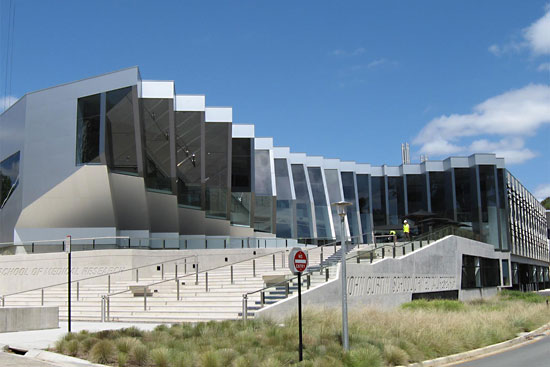ANU: Study shows the cost of captivity
Animals bred in captivity can experience significant changes to their bodies, behaviour and health, which affects their chances of survival when they’re released into the wild, a new review from The Australian National University (ANU) has shown.
According to the study’s authors, the conditions animals experience in captivity are often very different to what they’d face in the wild, which can cause them to change in a number of ways.
Some of these changes are obvious but others are more difficult to detect, which can limit the effectiveness of reintroduction programs for threatened species. These changes – known as phenotypic changes – can take various forms.
Examples include fish reared in aquariums taking on different body shapes, butterflies that forget how to migrate after release to the wild, captive-bred lions having weaker jaws because of soft foods, and highly intelligent marine mammals suffering worse health due to stress.
“The world is facing an extinction crisis, and many people are doing the best they can to save at-risk species. Captive breeding and release will become an increasingly important tool to save species from extinction,” Dr Stojanovic said.
“But our review shows that breeding animals in captivity may sometimes result in unexpected changes that could disadvantage them after their release to the wild. If animals change in captivity to the point that they have difficulty surviving and breeding in the wild, then we need to take a closer look at why this problem arises and work out how to fix it.”
It’s not yet clear exactly what aspects of life in captivity can drive these changes.
“It’s also unclear exactly what impacts these changes can have on the recovery of endangered wild populations,” study co-authors Dr Ross Crates and Professor Rob Heinsohn said.
“Importantly, we hope our review demonstrates there are a range of opportunities to study why these changes occur, what impacts they have and how we can address them to help give captive-bred animals the best possible chance of flourishing in the wild.”

